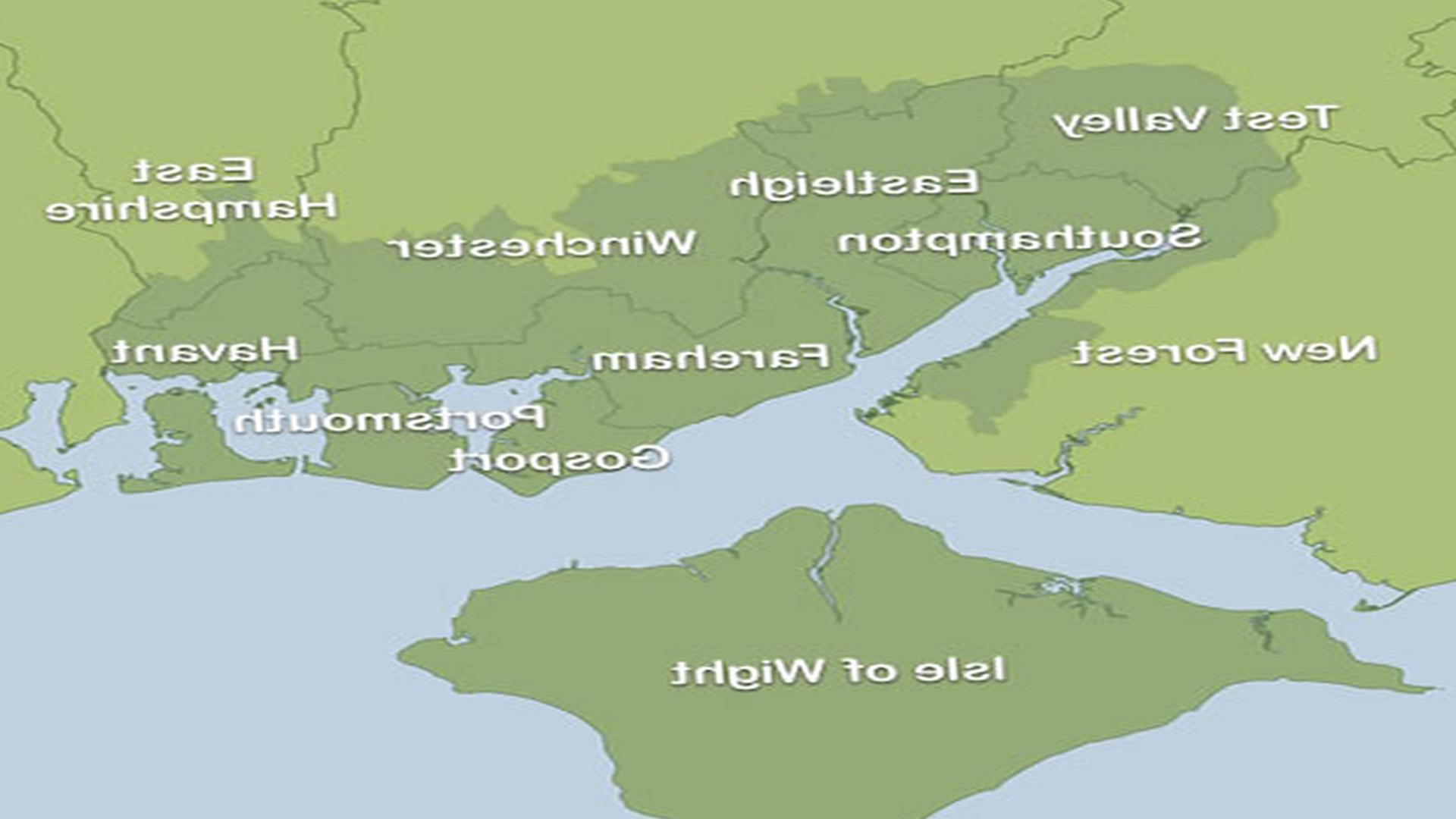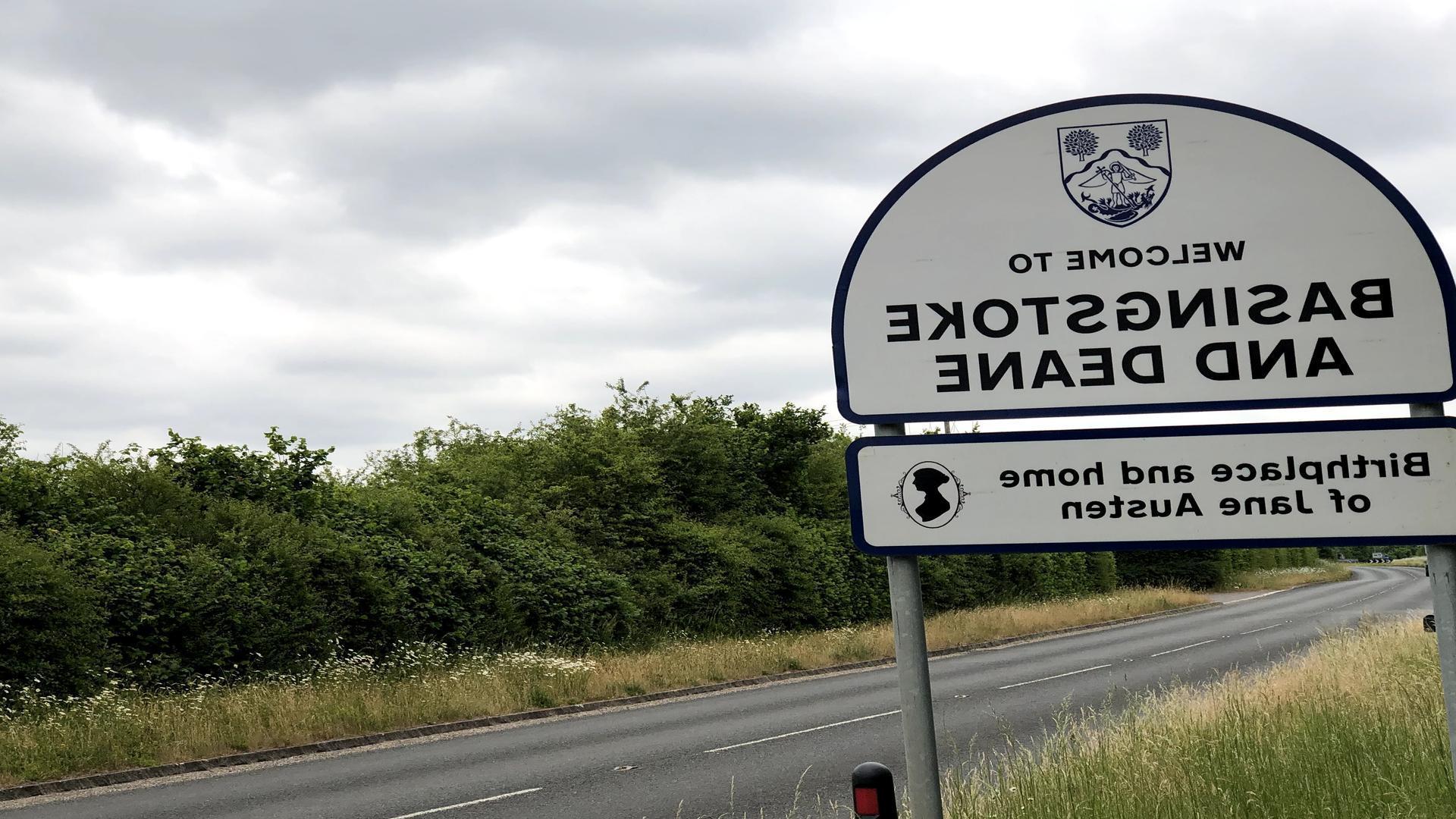South Hampshire
/south-hampshire
Geography
Many towns have their own commercial centres. Apart from Southsea, these have not changed much since their construction in the 19th century. Wareham and Portland villages have fishing fleets and agricultural supplies depots employing many people. The large towns of Bournemouth and Christchurch have grown together to form one continuous town centred on the railway and autoroute corridors and each has a busy commercial centre. There are single-road connections from London to Gosport, Lymington, Yarmouth, Brockenhurst, Romsey and Salisbury.
Economy, Hampshire Local (hampshirelocal.co.uk). The region has many military connections, with Portsmouth harbour hosting Britain's only full-sized naval base and both RAF Cosford and RAF Shawbury being located within the region, as well as a number of other smaller and more specialised military training areas. Other sectors include that of transport, engineering, education, and tourism. The country is served by numerous national and local radio stations, terrestrial and satellite television channels, and websites. SouthToday. co. uk launched in March 2007 as a totally re-vamped online service for users to enjoy breaking news, interesting feature articles, easy searching and local information from the BBC's regional news operation on and off line throughout the South.
Climate
Due to its location, the climate is very mild being influenced by the North Atlantic Current on its western shores and the North-East winds on its eastern shores. The warm Gulf Stream can make summer temperatures rise above 20°C (68°F) and winter temperatures rarely fall below 0°C (32°F). Rain occurs mainly in autumn and winter with dryer summers. Snow is not common in winter except for the mountains of the northern districts, while it's not unusual for a dusting of snow to occur during winter storms.
Demography
The areas surrounding the large conurbation that is the Southampton Urban Area, as defined by the census, affect its shape. The major cities of Brighton and Portsmouth fall within easy reach of Southampton and have populations of approximately 270,000 and 80,000 respectively. The M271 motorway connects the large coastal conurbations of Hampshire. It is also connected to Bournemouth Airport, which lies between Southampton and Bournemouth, although the airport itself is not in the Southampton Built-up area.
The built up area extends beyond these neighbouring counties because much of its economy is defined by proximity to Southampton. In 2012, South Hampshire had a population of 875,000, and the population of the built-up area was estimated to be 1,502,000. It is the 30th largest metropolitan area in Europe. Since 2011, the built-up area has been defined as the area covered by the city's planning policy known as South Hampshire 2026 (SH2026).
The South Hampshire metropolitan area consists of a continuously built-up area stretching from Southampton, in Hampshire, to the west through Basingstoke, in Hampshire, to the east through Andover, in Hampshire. The first modern humans to live in the area now known as South Hampshire arrived around 12000 BC during the middle Palaeolithic. Around 9000 BC s. Demography The following Built-up areas fall inside the South Hampshire metropolitan area have a combined population of 1,086,786.
Other towns in the area
Lyndhurst, Poole (district)(SWAN) and Botley all have their employment bases in Southampton. These are effectively a continuation of the districts of Hamble-le-Rice, Swaythling and Totton respectively, all of which contain villages with early mediaeval origins. Botley is in fact just across the River Hamble from Hamble-le-Rice. In geography, a satellite town is a town that depends heavily on a larger city. In particular, the term is used to mean towns which are outside burghs and which depend on a nearby city for employment and other services.
The town and city are not directly joined (by continuous built-up area). These include NETPO, which stands for the New Engineering Technologies Park Ordnance, and is adjacent to Eastleigh railway station. It was created to accommodate high-tech industry and construction in the area, and is expected to provide 2,000 jobs. KNOT. These are towns that are a bit further out (i. e. 10 miles or more) that will require transport links to get into Southampton or Portsmouth.
Some of these have populations in excess of 30,000 people. Alderney, on a peninsula to the north of the Isle of Wight, has an employment of 1/3rd with Southampton and the rest with Portsmouth. The following Built-up areas fall inside the South Hampshire metropolitan area have a combined population of 1,086,786. Summer is pleasant, although very hot weather is not uncommon. Winters are cold with frequent rain and fog, sometimes severe enough to cause traffic disruption.
By council boundaries
South Hampshire is an unofficial area of Hampshire, England. In 2012 the population was estimated at 242,637. For statistical purposes the Office for National Statistics (ONS) identifies South Hampshire as one of 9 sub-regions of Hampshire. It consists of the majority of the ceremonial county covered by South Downs National Park and part of the home counties of Berkshire and Surrey. The area extends from Selsey in the west to Chichester in the east and from Petersfield in the north to Hayling Island in the south.
With the huge interest in the South Hampshire conurbation, I thought it would be useful to collate the figures for areas that are used to working as part of a group. These areas are made up from Local Authority Districts (LADs). Some LADs have more than one local authority boundary within them and some are individual council areas. In a 2013 estimate South Hampshire was found to be the conurbation with the 19th highest population in the UK and the largest outside of London with a population of over 1,340,000.
South Hampshire built-up area
South Hampshire is a motorway region in England, consisting of 69 miles of road or dual carriageway in the counties Hampshire and Isle of Wight. The area was built up with the construction of the M27 motorway in 1959, and progressively improved since. It covers about 70% of the county of Hampshire and some areas in southernmost parts of the Isle of Wight. Southampton, Winchester, Basingstoke and the surrounding villages are part of the Southampton Urban Area.
New Forest District including Ringwood and Fordingbridge is also a part of the region. Many adjoining settlements to Southampton such as West End, Totton and Rownhams are often regarded as suburbs although they are not within the city boundaries. South Hampshire is a county constituency in the city of Portsmouth England. It was created in 2010, formed from parts of the seats of Portsmouth South, Southampton Test and Itchen. It elects one Member of Parliament (MP) by the first past the post system of election.
In the 2001 census Portsmouth and Southampton were recorded as being parts of separate urban areas however by the time of the 2011 census they had merged to become the sixth largest built-up area in England with a population of 855,569. Portsmouth is an important road transport link. The motorway network allows easy travel to the West Country along the M3 / A3. The port of Portsmouth is served by a dual carriageway for freight traffic, the A3(M).
The built-up area of Southampton includes towns such as Eastleigh, Totton, and the towns of the New Forest (Brockenhurst and Lymington) included in the modern districts of New Forest and Test Valley. The conurbation has a population density of more than 600 people per square km. The area is often considered a part of the South East which is why it shares the same telephone code. The climate is classified as an oceanic climate due to its warm waters and cool summers.



